From the early Anglo-Saxon kings to the Norman Conquest, the Tudor and Stuart dynasties, and the modern era, all the kings and queens of England have left a lasting legacy. They have played crucial roles in governing the nation, influencing its culture, and defining its identity. Their impact is seen in pivotal moments such as the Magna Carta, the establishment of the Church of England, and the evolution of constitutional monarchy. Today, the British monarchy continues to symbolize unity and adapt to the changing times, embodying the rich history and traditions of England.
Table of Contents
The Kings and Queens of England: A List of the Most Important English Monarchs
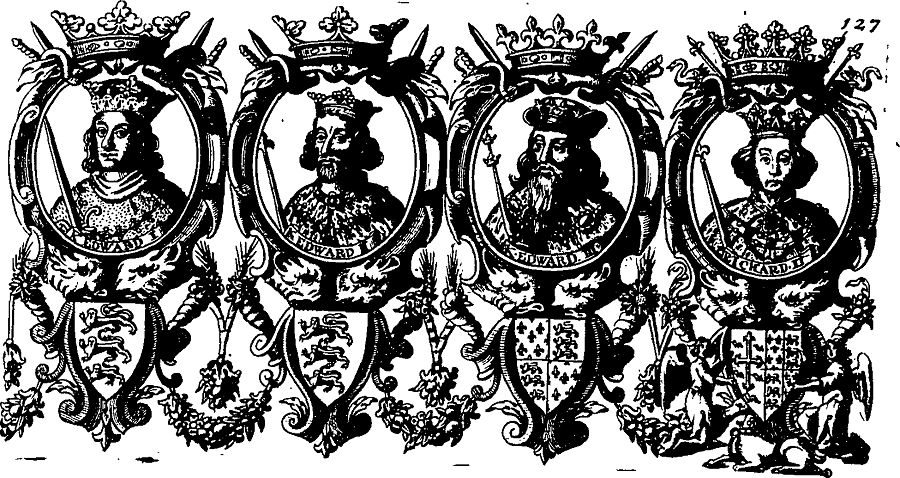
The Normans (1066 – 1154)
- King William I, the Conqueror (1066 – 1087)
- King William II (1087 – 1100)
- King Henry I (1100 – 1135)
- King Stephen (1135 – 1154)
- Empress Matilda (1141)
Plantagenets (1154 – 1399)
- King Henry II 1154 – 1189
- King Richard I the Lionheart 1189 – 1199
- King John I 1199 – 1216
- King Henry III 1216 – 1272
- King Edward I 1272 – 1307
- King Edward II 1307 – 1327
- King Edward III 1327 – 1377
- Richard II 1377 – 1399
The House of Lancaster (1399 – 1461)
The House of York (1461 – 1485)
The Tudors (1485 -1603)
- King Henry VII 1485 – 1509
- King Henry VIII 1509 – 1547
- King Edward VI 1547 – 1553
- Jane Grey 1554
- Queen Mary I 1553 – 1558
- Queen Elizabeth I 1558 – 1603
The Stuarts* (1603 – 1649) (1660 – 1714)
- James I 1603 – 1625
- Charles I 1625 – 1649
- Charles II 1660 – 1685
- James II 1685 – 1688
- William III 1688 – 1702 and Queen Mary II 1688 – 1694
- Queen Anne 1702 – 1714
* Following the English Civil War when the country was a republic (1649 – 1660), there weren’t any kings or queens of England.
READ MORE: In Search of Origins: Who Invented England and How?
The House of Hanover (1714 -1901)
- King George I 1714 – 1727
- King George II 1727 – 1760
- King George III 1760 – 1820
- King George IV 1820 – 1830
- King William IV 1830 – 1837
- Queen Victoria 1837 – 1901
Saxe-Coburg-Gotha and The Windsors (1901 -1910) (1910 – Today)
- King Edward VII 1901 – 1910
- King George V 1910 – 1936
- King Edward VIII June 1936
- King George VI 1936 – 1952
- Queen Elizabeth II 1952 – 2022
- King Charles III 2022 – present
William the Conqueror (1066-1087)
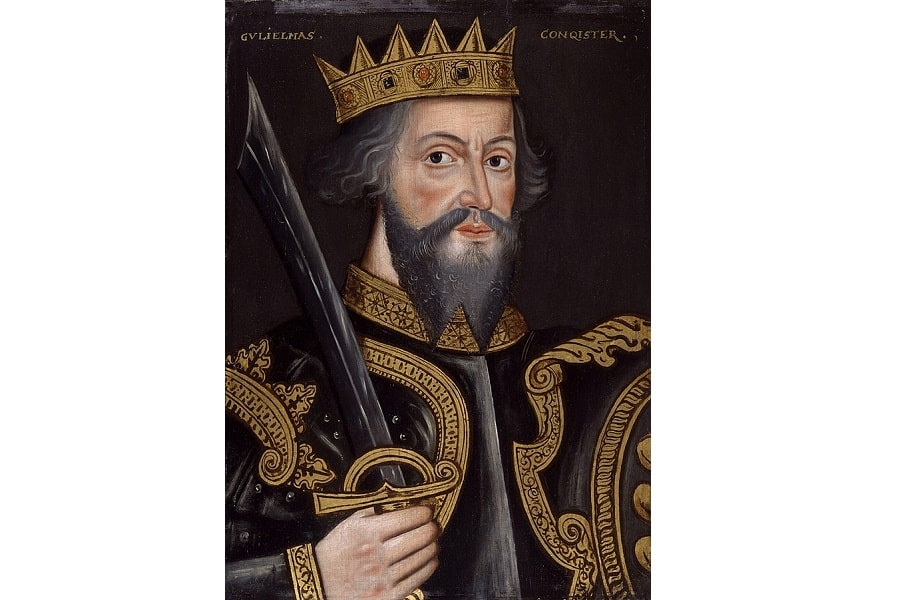
William the Conqueror, also known as William I, was a key figure in the Norman Conquest of England in 1066 [1]. This conquest resulted in significant changes for England, including the introduction of feudalism. Under William’s rule, loyal nobles were granted land in exchange for military service, establishing a hierarchical system that governed society for centuries. The Norman barons became the primary landowners, displacing Anglo-Saxon landowners and consolidating power [3]. William’s creation of the Domesday Book, a comprehensive land survey, facilitated effective governance and taxation. The Norman Conquest’s enduring impact on English society includes the fusion of Norman and Anglo-Saxon traditions, the establishment of feudalism, and the significance of the Domesday Book for administration and taxation.
William II (1087-1100)
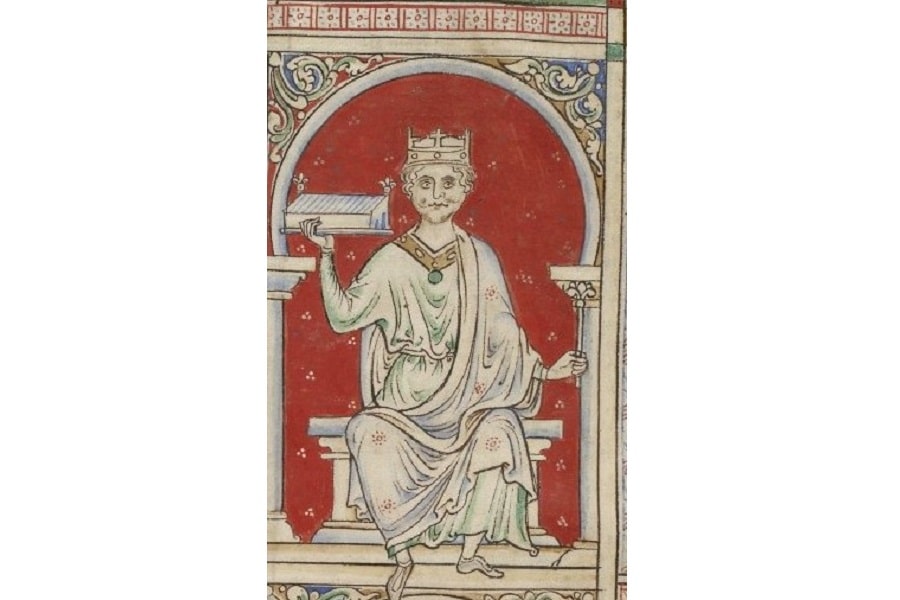
William II, also known as William Rufus, became the second Norman king of England after the death of his father, William the Conqueror. He aimed to consolidate royal power by strengthening the bureaucracy and justice system. His efforts to assert his authority faced challenges from conflicts with the Church and tensions with the barons, as demonstrated by the Rebellion of 1088. William II’s mysterious death led to the ascension of Henry I, who introduced the Charter of Liberties to limit royal power. This event marked a new era and emphasized the struggle for power and the uncertain nature of succession in medieval England [3].
Henry I (1100-1135)
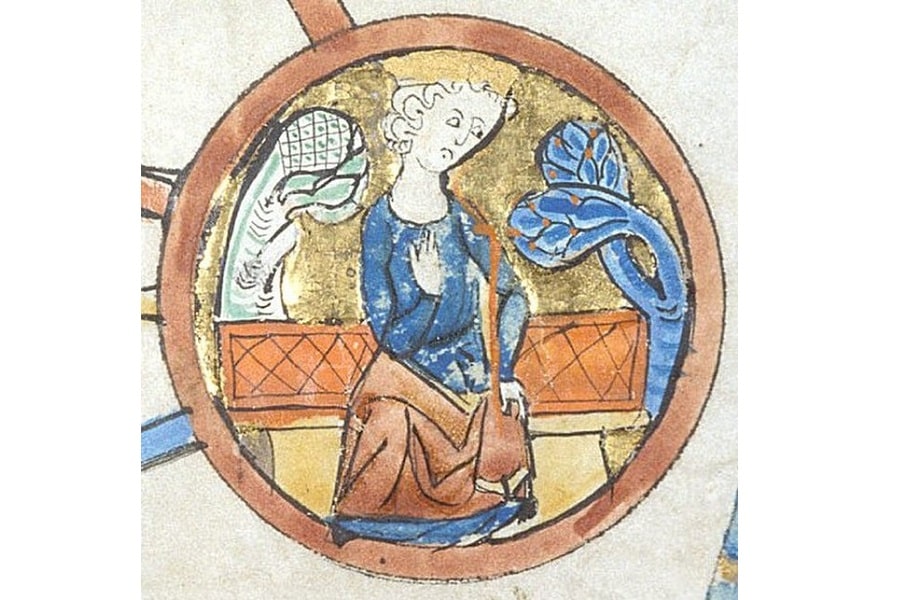
Henry I, also known as Henry Beauclerc, became King of England in 1100 after his brother’s death and focused on establishing a strong central government. He implemented efficient administrative measures, appointed capable officials, and established itinerant justices for consistent governance [3]. Henry I emphasized royal control, introducing the Exchequer and “The Laws of Henry I” for standardized finance and legal systems. His death triggered a succession crisis, leading to the Matilda vs. Stephen conflict, but it was eventually resolved with the Treaty of Wallingford, ensuring a stable transition of power and the rise of the Angevin dynasty.
Stephen (1135-1154)

Stephen’s reign as King of England from 1135 to 1154 was marked by the tumultuous civil war known as The Anarchy. The conflict between Stephen and Matilda caused widespread instability, economic decline, and lawlessness in England. However, the Treaty of Wallingford in 1153 ended the war [1], establishing Stephen as king and designating Matilda’s son, Henry II, as his successor. The treaty emphasized the significance of peaceful successions and negotiated settlements for the stability and governance of England, setting the stage for the Angevin dynasty [1].
Matilda (Empress Matilda) 1135 to 1153
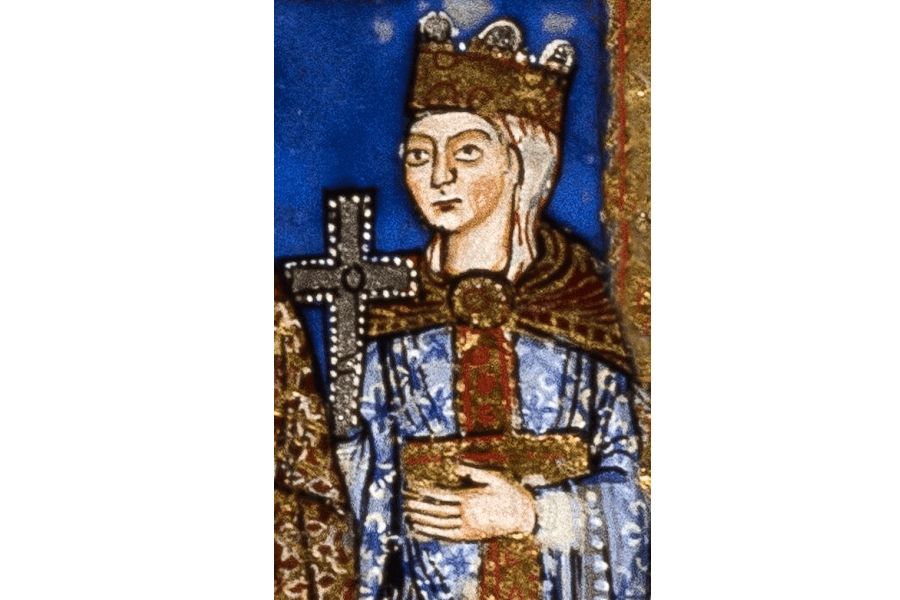
The Anarchy, a civil war between Matilda and Stephen of Blois from 1135 to 1153, plunged England into a period of instability. Matilda’s claim to the throne sparked the conflict, resulting in political turmoil, economic decline, and social unrest. Although Matilda didn’t become queen, her resilience laid the foundation for her son Henry II to establish the Plantagenet dynasty. The Anarchy highlighted the importance of clear succession rules and influenced future ideas of legitimacy and stability in the monarchy [3].
Henry II (1154-1189)

Henry II’s reign from 1154 to 1189 was characterized by significant expansions of royal power and transformative legal reforms in England. His reforms included the establishment of itinerant judges to enhance the court system’s efficiency and accessibility. Henry II introduced legal precedent, pioneered the assizes to resolve disputes, and promoted the development of common law through the Assize of Clarendon, standardizing legal procedures and introducing juries. His conflict with Thomas Becket highlighted tensions between church and state. These reforms laid the groundwork for a unified legal framework and left a lasting impact on English legal traditions [5].
Richard I (1189-1199)
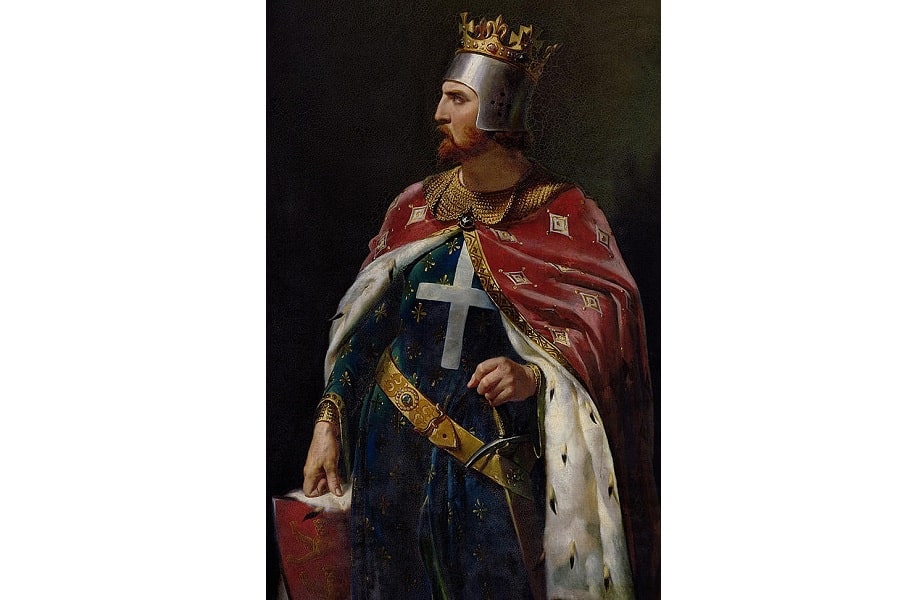
Richard I, commonly known as Richard the Lionheart, emerged as a renowned warrior king during his participation in the Third Crusade. His military successes in capturing Acre and the Battle of Arsuf solidified his reputation as a skilled leader. However, his capture and subsequent ransom strained England’s finances. Upon his release, Richard’s popularity soared, and his courageous persona as the Lionheart became an enduring symbol of English pride. Despite his absence from England, Richard’s reign and legendary legacy continue to inspire and elevate him as one of the most revered kings in English history [4].
John (1199-1216)
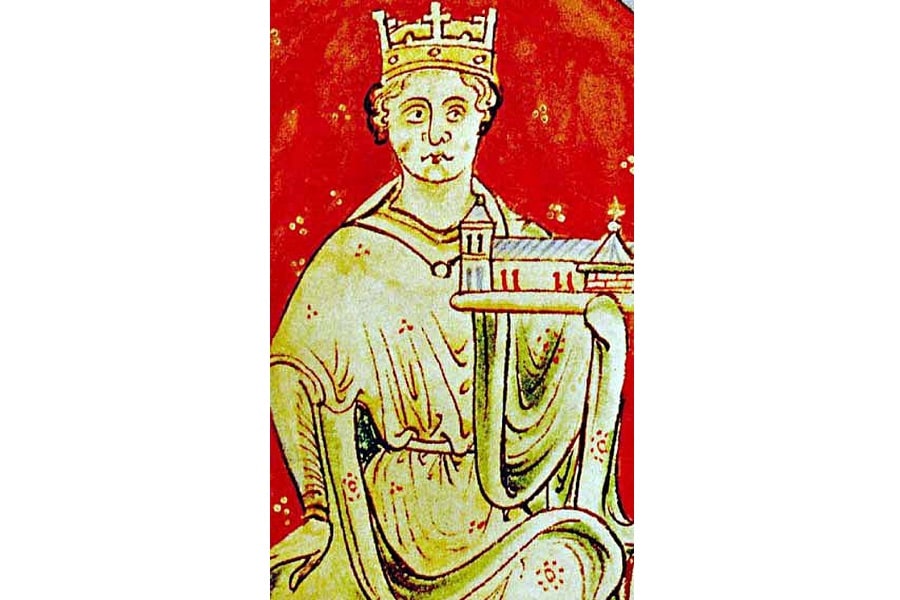
John’s reign was marked by growing discontent among the barons due to his oppressive rule and excessive taxation. In response, they forced him to sign the Magna Carta in 1215, which established fundamental rights and limited the king’s powers. This historic document introduced principles such as due process and the rule of law, shaping the development of constitutional monarchy and influencing legal advancements globally. The conflict between John and the barons led to political instability and the loss of Normandy to the French, impacting English governance and foreign relations [4].
Henry III (1216-1272)
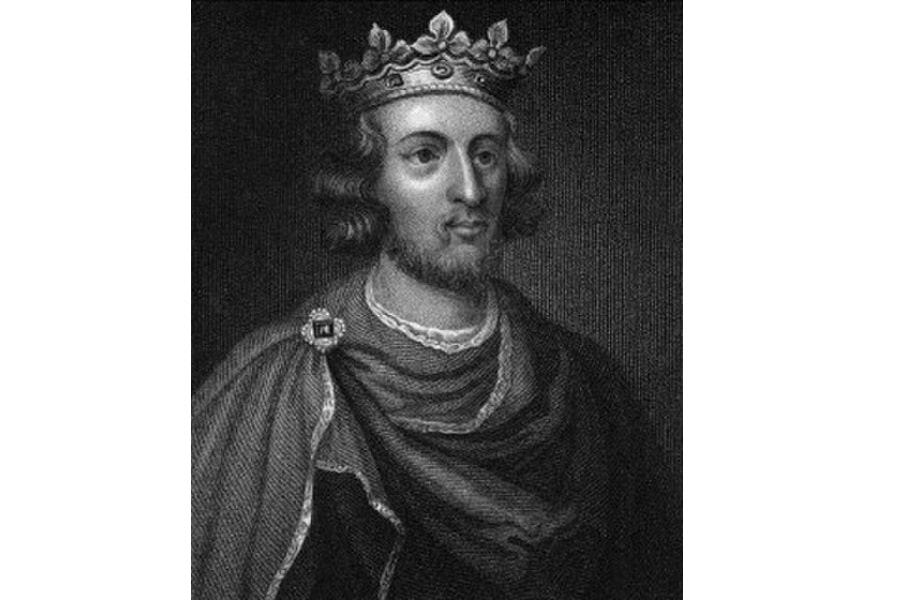
Henry III’s reign, the longest of any medieval English king, left a significant impact on English society and governance. Despite facing challenges to his authority, such as the Barons’ War and the acceptance of limitations on his power, Henry III’s extended rule allowed for administrative reforms and the establishment of a more centralized government [5]. He also supported cultural development and patronized Gothic architecture. The conflicts with the barons underscored the power struggle between the monarchy and the nobility, shaping the future of English constitutional history and the relationship between the crown and the aristocracy.
Edward I (1272-1307)
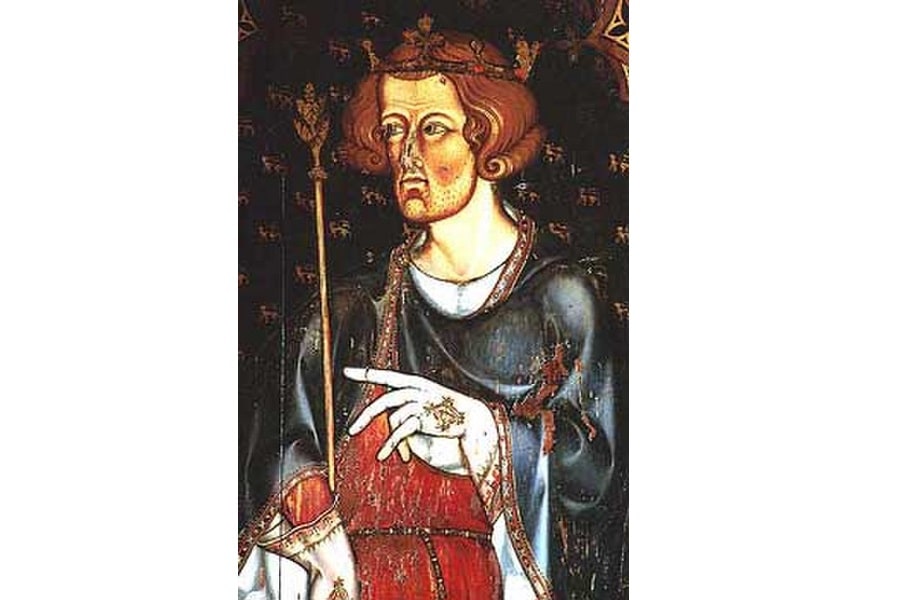
Edward I’s conquest of Wales aimed to bring Welsh kingdoms under English control and employed military force, diplomacy, and colonization. The construction of imposing castles and the Statute of Wales integrated Welsh lands into English governance [3]. Edward I also established the Model Parliament, increasing representation and fostering consultation. However, conflicts with Scotland, including the Battle of Falkirk, strained resources and contributed to Scottish nationalism. These conflicts impacted English governance, leading to financial challenges and political tensions.
Edward II (1307-1327)

During Edward II’s reign, his conflicts with the baronial opposition significantly impacted political stability in England. One notable example of this was his contentious relationship with Thomas of Lancaster, a powerful nobleman who resented Edward’s reliance on his favorites and questioned his ability to govern effectively. Lancaster and other barons saw Edward’s favoritism as a threat to their own power and influence [3].
Edward III (1327-1377)

Edward III’s reign marked England’s military triumphs in the Hundred Years’ War, profoundly influencing both England and France. Victories such as the Battle of Sluys and the Battle of Crécy showcased Edward’s military skill and expanded English territories [4]. He also claimed the French crown, establishing the Angevin Empire. Concurrently, the Black Death brought profound changes to England, including labor shortages and social transformations. Edward III’s reign left a lasting impact on English society and set the stage for future developments [1].
Richard II (1377-1399)
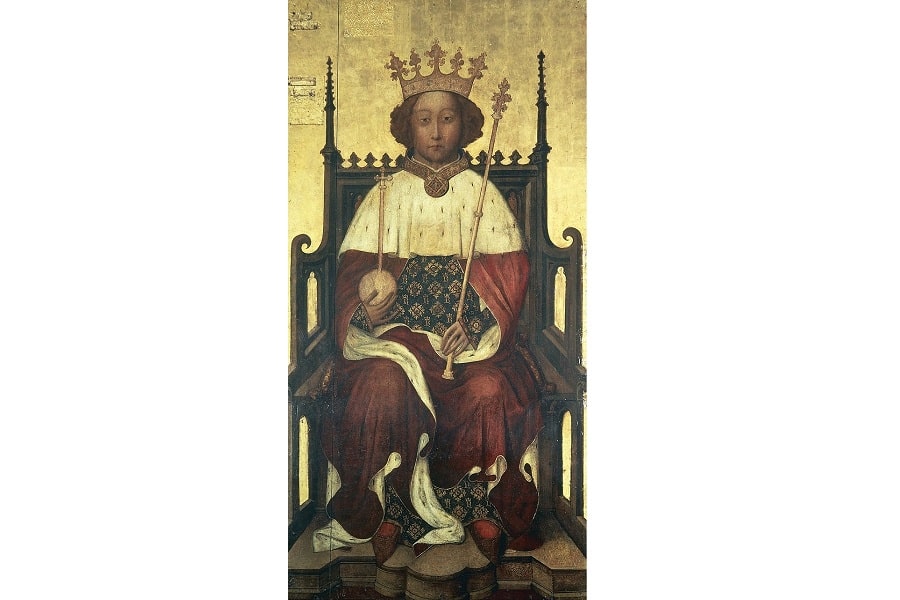
Richard II’s reign was plagued by political and social unrest due to his authoritarian tendencies, favoritism, and the influence of corrupt advisors. The nobility grew resentful, leading to factionalism and power struggles. The Lords Appellant opposed Richard, the Peasants’ Revolt erupted, and ultimately, he was deposed in 1399, ending the direct male line of the Plantagenet dynasty. Henry Bolingbroke took power as Henry IV, setting a precedent for removing monarchs based on misrule. This event reshaped English history, highlighting the significance of royal authority and governance [2].
Henry IV (1399-1413)

The Lancastrian usurpation led by Henry IV marked the end of the Plantagenet dynasty and the beginning of the Lancastrian dynasty [1]. The Wars of the Roses during his reign were conflicts between the Houses of Lancaster and York, driven by rival claims to the throne. The Battle of Shrewsbury solidified Henry IV’s position, but challenges to his legitimacy persisted. His reign was characterized by political instability, social unrest, and the establishment of the Tudor dynasty. It brought advancements in governance and legal institutions, highlighting effective governance and the limitations of royal authority [5].
Henry V (1413-1422)
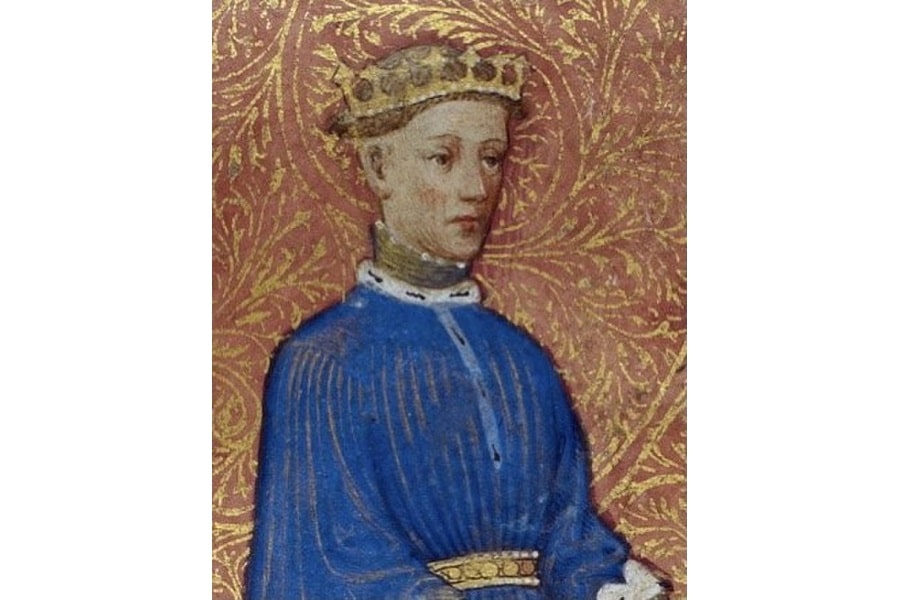
Henry V’s military successes in the Hundred Years’ War extended beyond the famous Battle of Agincourt. He captured key French territories such as Harfleur and Rouen, expanding England’s influence in France and weakening the French monarchy’s control. Henry’s military prowess was evident in the Siege of Rouen, where he secured a crucial victory. His reign aimed to consolidate power, reduce noble influence through policies like the Act of Attainder, and assert England’s authority through alliances and marriages [2]. Henry V’s legacy as a celebrated warrior king and his ambitions for uniting England and France left a lasting impact on English history.
Henry VI (1422-1461, 1470-1471)
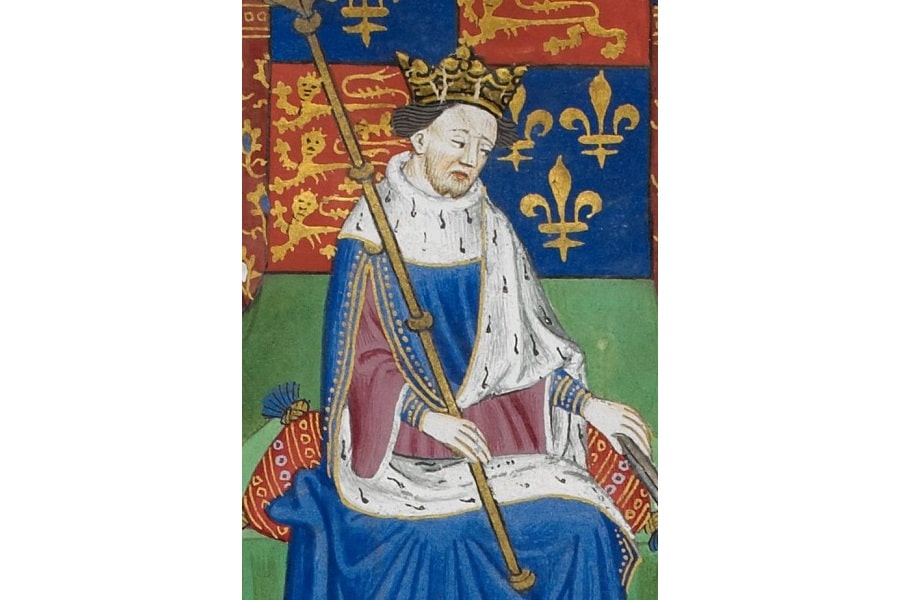
Henry VI’s reign was marked by political instability and the outbreak of the Wars of the Roses, a power struggle between the houses of Lancaster and York for the English throne. The Battle of Wakefield in 1460 and Henry’s recurring mental illness were significant events during his reign. The Wars of the Roses reshaped the monarchy and led to the rise of the Tudor dynasty [3]. The conflicts sparked debates on power balance and influenced future governance reforms.
Edward IV (1461-1470, 1471-1483)
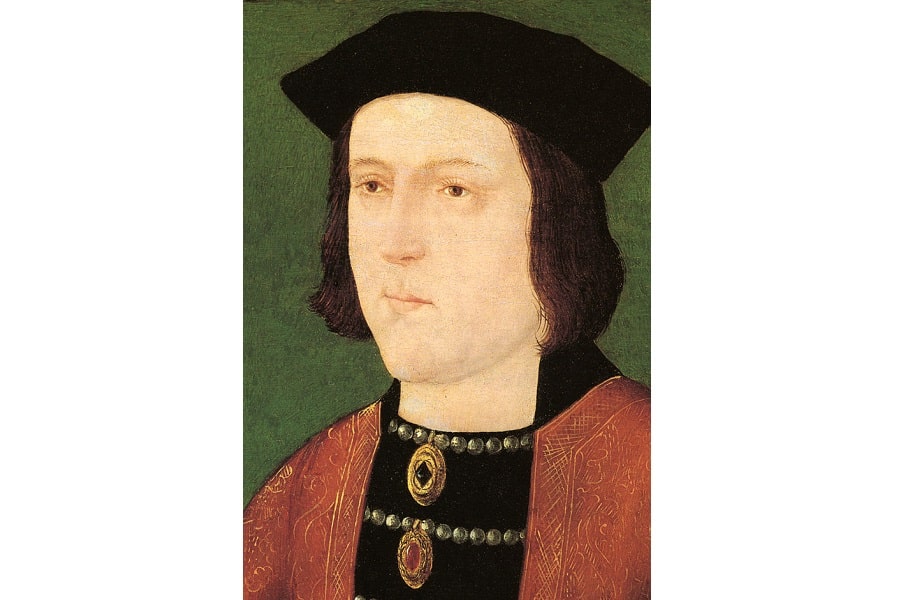
Edward IV’s ascension to the throne ended the Wars of the Roses and established the Yorkist dynasty. His victory at the Battle of Towton in 1461 solidified his claim and brought a period of Yorkist dominance [1]. Edward implemented reforms to strengthen the monarchy and pursued reconciliation within the kingdom. His reign brought temporary peace and stability, setting the stage for future developments in English history.
Edward V (1483)
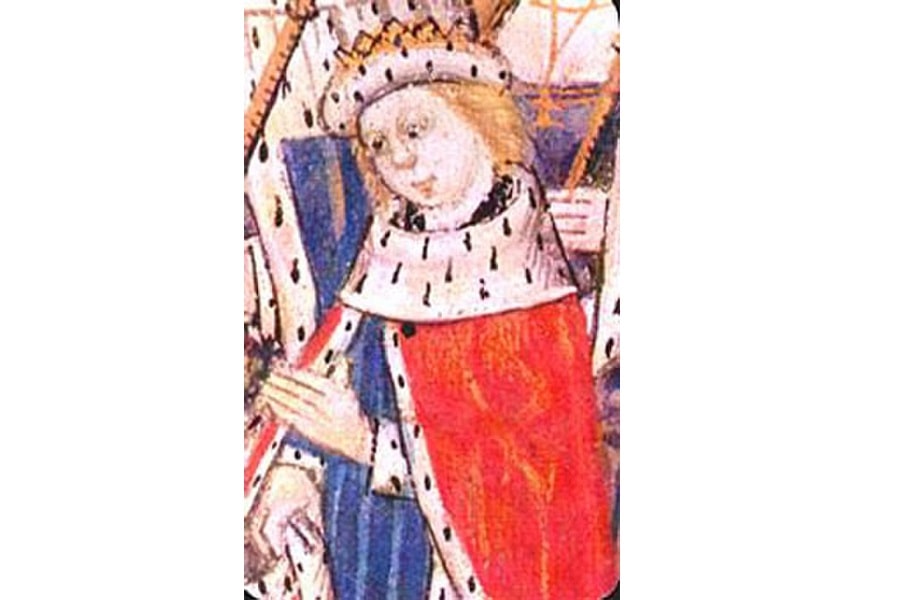
The fate of Edward V, also known as one of the Princes in the Tower, remains a mystery. After a short reign, he was declared illegitimate, taken to the Tower of London, and disappeared from public view. The theory of their uncle, Richard III, being involved in their alleged murder has sparked debate, but no conclusive evidence has been found. Edward V’s story represents the power struggles and instability of the Wars of the Roses, ultimately leading to the end of the Plantagenet dynasty and the rise of the Tudor dynasty under Henry VII. The mystery surrounding the Princes in the Tower continues to intrigue and reflect the complexities of medieval politics [5].
Richard III (1483-1485)
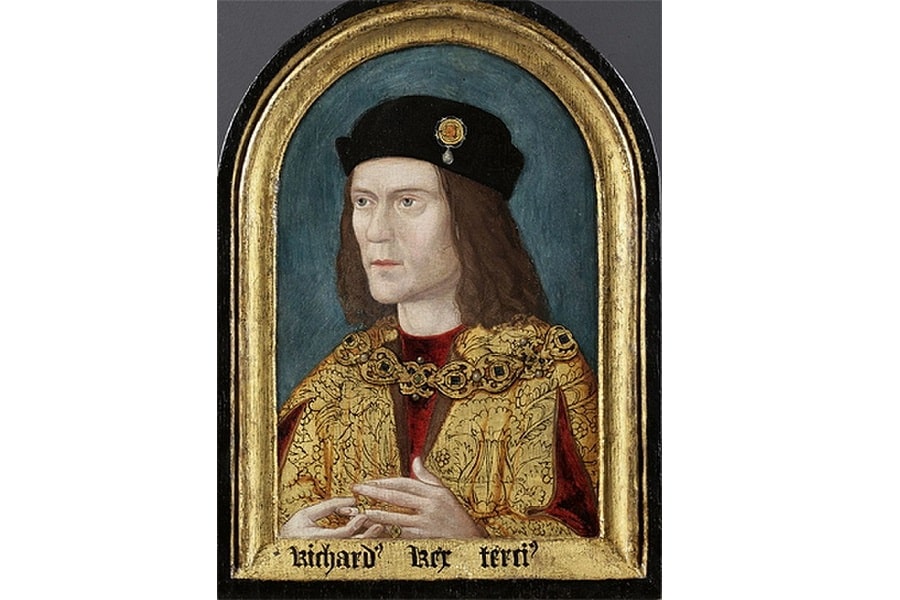
Richard III’s reign was overshadowed by controversy and the mystery surrounding the disappearance of the Princes in the Tower. Accused of plotting against his nephews, Edward V and Richard of Shrewsbury, Richard III’s reputation as a villainous king emerged. The Battle of Bosworth in 1485 marked the end of the Plantagenet dynasty, as Richard III was defeated and killed by Henry Tudor, who became Henry VII. In 2012, Richard III’s remains were found, prompting a reevaluation of his life and reign. Scientific analysis of the skeleton sparked public interest and rekindled debates about his character and historical legacy. The reassessment emphasizes the complexities of historical interpretation and the influence of perception on historical memory [3].
Henry VII (1485-1509)
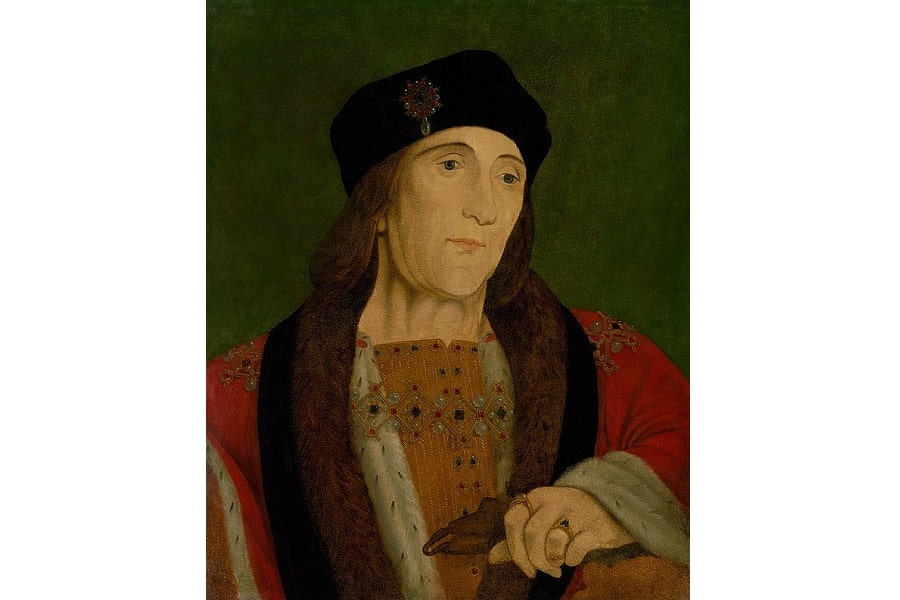
Henry VII’s victory at the Battle of Bosworth in 1485 marked the end of the Wars of the Roses and the establishment of the Tudor dynasty. To solidify his claim and ensure stability, Henry married Elizabeth of York, symbolizing the reconciliation of the warring factions. The marriage brought together the houses of Lancaster and York, fostering a sense of unity and hope for the future. Henry implemented financial and administrative reforms to strengthen royal authority, including fiscal management and centralized governance. His reign marked the transition to the early modern era, laying the foundation for Tudor influence on English history and governance [3].
Henry VIII (1509-1547)
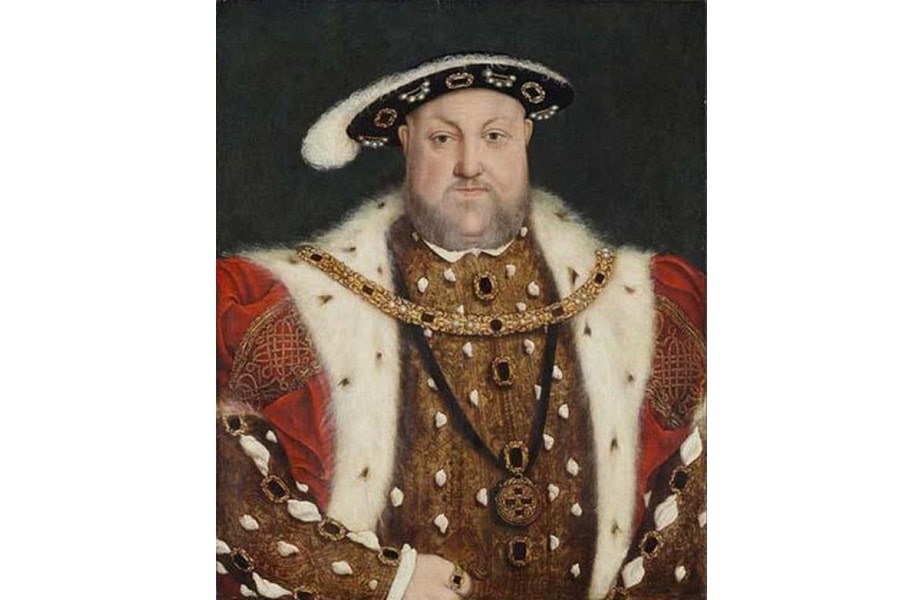
Henry VIII’s decision to break away from the Catholic Church in 1534 had significant consequences for England. The Act of Supremacy established Henry as the Supreme Head of the Church of England, leading to the English Reformation and the dissolution of monasteries [2]. The establishment of the Church of England brought changes in religious practices. Henry’s pursuit of a male heir resulted in multiple marriages, the execution of opposing figures, and a succession crisis upon his death. His reign saw the concentration of power in the monarchy, the weakening of the nobility, and the emergence of England as a naval power. The English Reformation, the centralization of power, and the quest for an heir shaped the trajectory of English society, politics, and religion.
READ MORE: How Did Henry VIII Die? The Injury That Costs a Life
Edward VI (1547-1553)
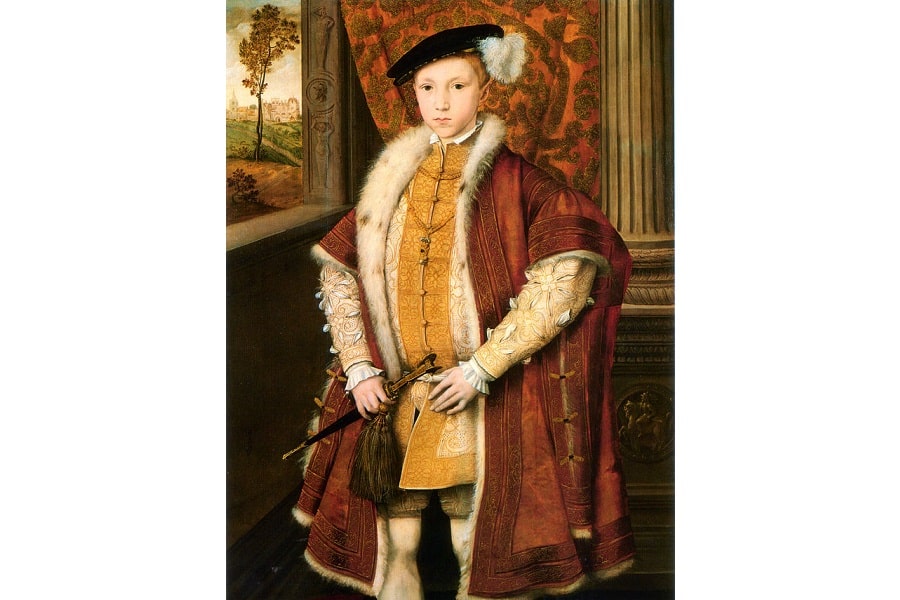
Edward VI ascended to the English throne at the age of nine in 1547 and relied on regents, particularly his uncle Edward Seymour, Duke of Somerset, as Lord Protector. Somerset aimed to consolidate power and implement reforms, introducing economic and social changes [4]. However, his regency faced challenges, leading to the rise of John Dudley, Duke of Northumberland. Edward’s reign marked a significant phase in the English Reformation, advancing Protestantism under the guidance of Archbishop Thomas Cranmer. Reforms included the introduction of the Book of Common Prayer and the destruction of Catholic religious symbols. Despite his short reign, Edward’s commitment to Protestantism and reforms had a lasting impact on the religious and political landscape of England. His reign also exposed the difficulties of governing during minority and witnessed social and economic transformations. Edward’s death at 15 triggered a succession crisis and paved the way for the tumultuous reign of Mary I, but his legacy established Protestantism as a dominant force in England [2].
Mary I (1553-1558)

Mary I aimed to restore Catholicism in England by overturning Protestant reforms. She reinstated the Pope’s authority, reversed Protestant legislation, and revived Catholic rituals. Her reign witnessed religious persecution, including the execution of prominent Protestants and the suffering of many others. Mary’s marriage to Philip II of Spain sought to strengthen England’s position but faced opposition and yielded little political or military benefit. The epithet “Bloody Mary” reflects the harsh religious policies of her reign, causing many Protestants to flee the country. The persecutions exacerbated religious divisions and influenced subsequent religious policies in England. While Mary intended to restore Catholicism, her reign ultimately reinforced Protestantism and highlighted the importance of religious tolerance and freedom [5].
Elizabeth I (1558-1603)
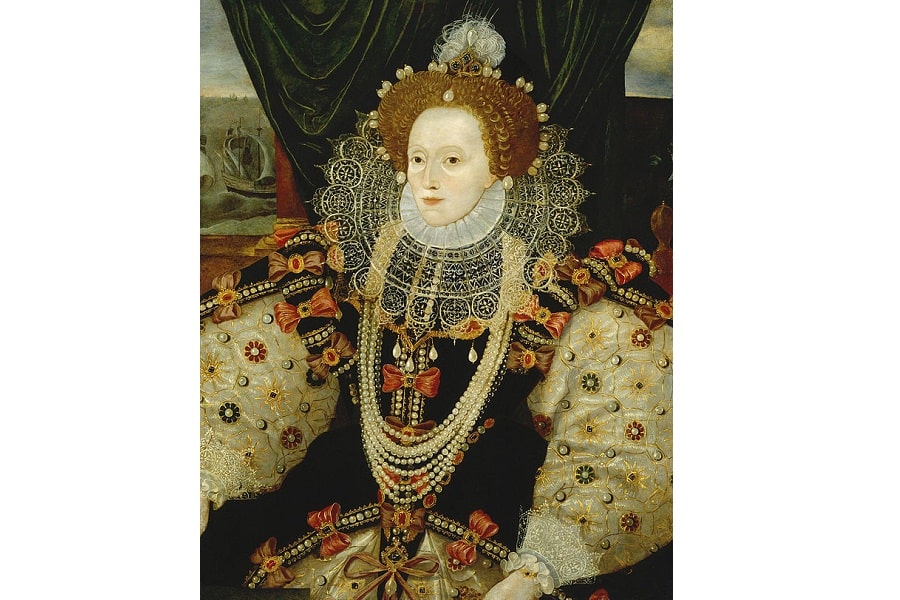
Elizabeth I‘s reign, known as the Elizabethan Era, was a period of remarkable cultural, economic, and political achievements in England. It is considered a Golden Age with significant advancements in arts, literature, exploration, and trade. Notable writers like Shakespeare and Marlowe produced timeless works, while figures such as Tallis and Jones made lasting contributions to music and architecture. The defeat of the Spanish Armada in 1588 was a pivotal event that secured England’s Protestant identity and elevated its international standing [1]. Elizabeth’s support for the arts and her political astuteness left a lasting impact, shaping English culture, challenging gender perceptions, and establishing England as a major player in European politics.
James I (1603-1625)

James I’s reign marked the Union of the Crowns, as he became the first monarch to rule over both England and Scotland, establishing the Stuart dynasty. This union led to closer collaboration between the two kingdoms, integrating their legal systems, military forces, and economies, and laying the foundation for the eventual formation of the United Kingdom. James’s commissioning of the King James Bible and his patronage of the arts contributed to cultural developments during his reign [1]. However, religious and political tensions, including conflicts with the Puritans and struggles with Parliament, foreshadowed the challenges that would shape English history in the following centuries, culminating in the English Civil War.
Charles I (1625-1649)
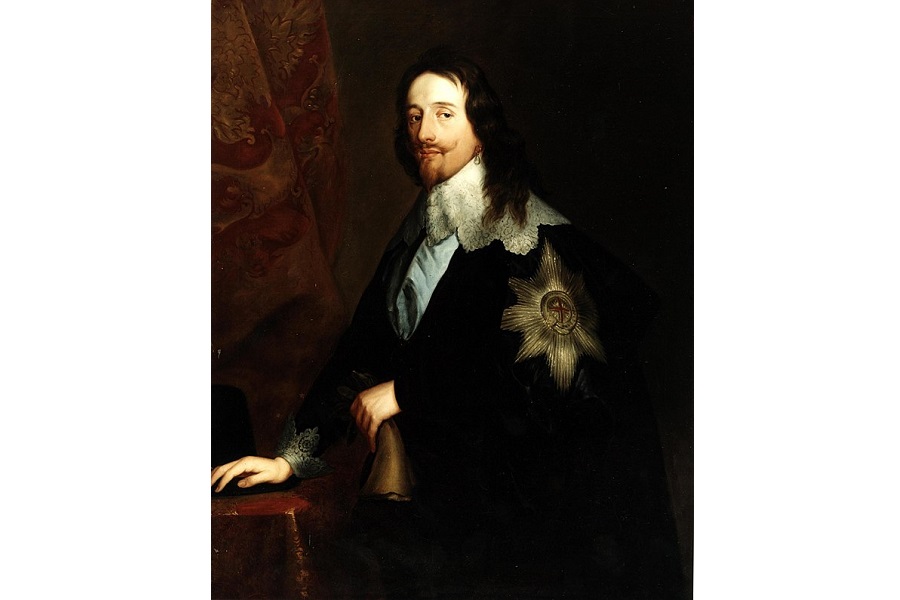
Charles I’s reign was marked by conflicts with Parliament, leading to the English Civil War and his eventual execution. The war was fought between the Royalists and Parliamentarians, with battles such as Edgehill and Naseby playing significant roles. Charles’s execution in 1649 led to the establishment of the Commonwealth under Oliver Cromwell [4]. However, his martyrdom elevated him to a symbol of royalist support and contributed to the Restoration in 1660, restoring the monarchy. The events surrounding Charles I’s reign highlighted the limits of parliamentary power and influenced the development of constitutional monarchy in England.
Charles II (1660-1685)
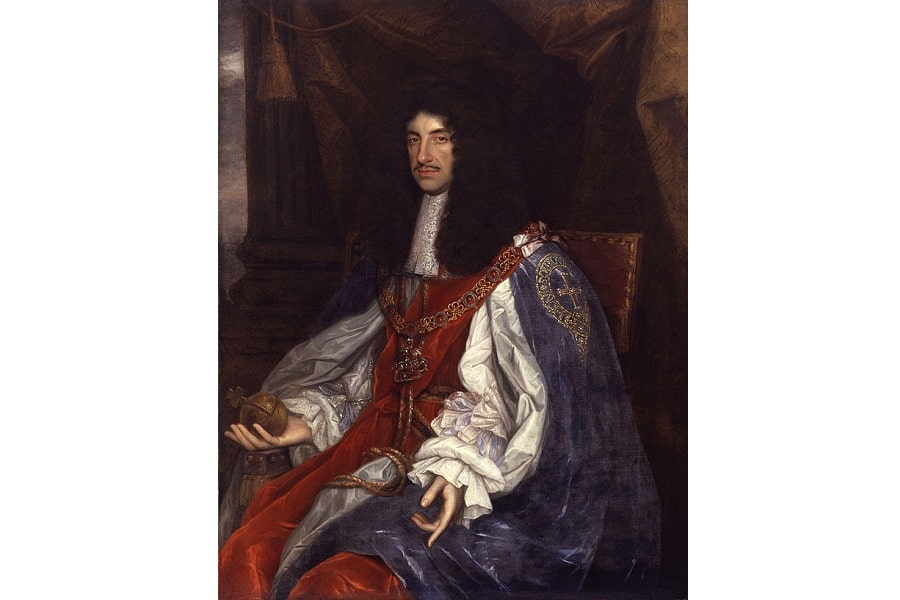
Charles II’s reign marked the restoration of the monarchy and a period of stability in England after the Commonwealth. He played a crucial role in rebuilding London after the Great Fire and initiated urban development projects. His reign is known for cultural revival, with the reopening of theaters and a flourishing of literature and drama. Charles II also promoted religious tolerance and fostered intellectual and scientific advancements, including the founding of the Royal Society. The restoration of the monarchy under Charles II brought a sense of normalcy and contributed to a period of cultural and scientific progress in England [1].
James II (1685-1688)

James II’s reign was marked by his Catholicism and his attempts to promote Catholic rights, which clashed with the prevailing Protestant sentiment in England. This led to tensions with Parliament and the Protestant establishment, resulting in the Glorious Revolution of 1688. James was overthrown by his Protestant daughter Mary and her husband William of Orange, establishing parliamentary sovereignty and constitutional limits on monarchical power. James’s subsequent campaign to reclaim the throne in Ireland, known as the Williamite War, ended in defeat and solidified Protestant rule. His reign and abdication had a lasting impact on the development of constitutional monarchy, with the Bill of Rights of 1689 establishing further limitations on the monarchy. The events surrounding James II’s reign also shaped religious dynamics, solidifying Protestant dominance and marginalizing Catholics and dissenters [5].
William III and Mary II (1689-1694)
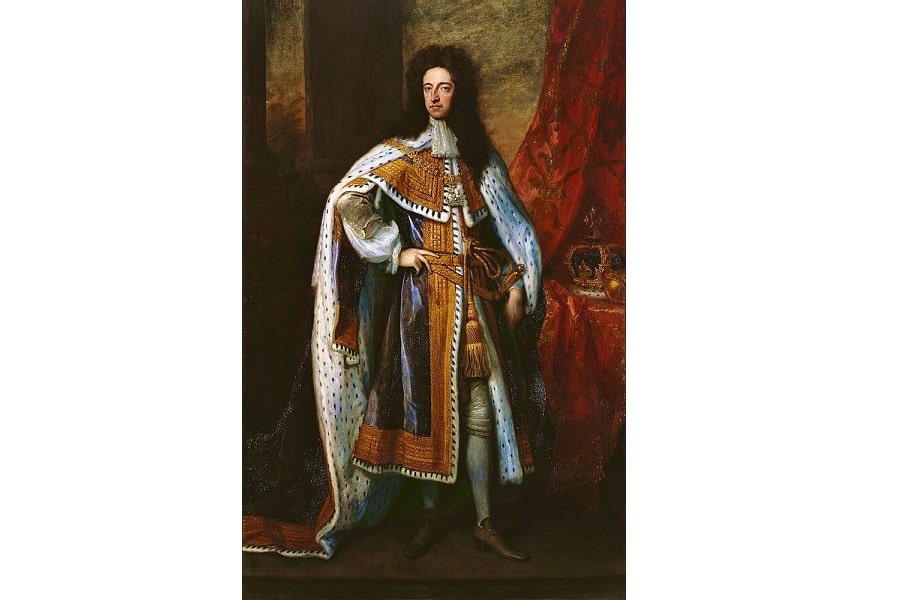
William III and Mary II jointly ruled England after the Glorious Revolution of 1688. Their ascension followed an invitation from Protestant nobles and Parliament, aiming to prevent the Catholic James II from regaining power. Their reign included the Williamite War in England, a part of the broader Nine Years’ War [4]. William’s victory at the Battle of the Boyne in 1690 secured their position and Protestant rule. Their reign saw the enactment of the Bill of Rights in 1689, establishing parliamentary sovereignty, limited monarchy, and individual rights [2]. The Bill of Rights shifted power to Parliament and laid the groundwork for constitutional monarchy. Their rule also promoted religious toleration, enhanced the monarchy’s relationship with Parliament, and implemented financial reforms for economic strength.
Anne (1702-1714)
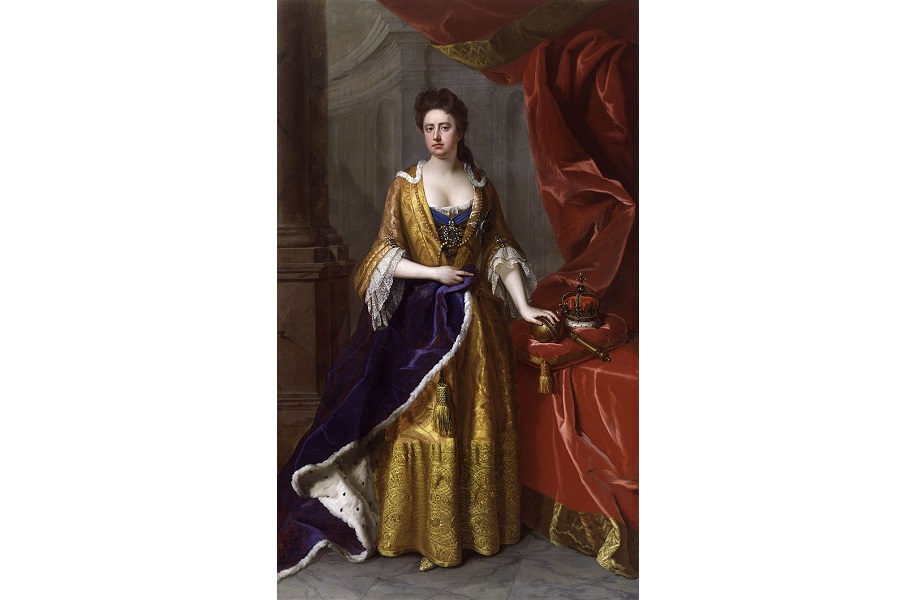
Queen Anne’s reign (1702-1714) was dominated by the War of the Spanish Succession, a conflict over the disputed Spanish throne and European power balance. England, alongside its allies, fought against France and Spain to prevent a single monarch from consolidating power. The period saw territorial gains for England, resulting in the Treaty of Utrecht in 1713. Additionally, the Union of England and Scotland in 1707 created Great Britain, strengthening the centralized state. Queen Anne’s reign witnessed cultural achievements, and the expansion of the British Empire, especially in North America, set the stage for Britain’s future as a global power [5].
Victoria (1837-1901)
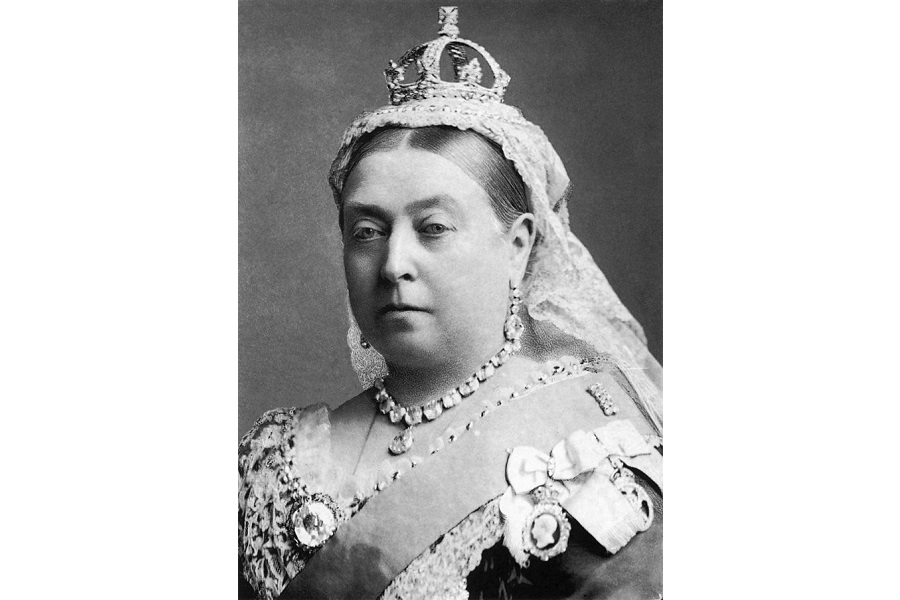
Victoria’s reign as Queen of the United Kingdom from 1837 to 1901, known as the Victorian Era, brought about significant social, economic, and political changes. The Industrial Revolution fueled urbanization, technological progress, and economic transformations. The era saw the emergence of the middle class, the expansion of the British Empire, and reforms in education, healthcare, and labor. The Victorian Era also witnessed social movements advocating for women’s suffrage, social reforms, and workers’ rights. Queen Victoria’s reign coincided with British imperial expansion and notable events like the Indian Rebellion and the Scramble for Africa. Victoria’s stability and popularity solidified the monarchy’s constitutional role, while her personal life added to her romanticized image as a devoted and steadfast figure [1].
Elizabeth II (1952-2022)
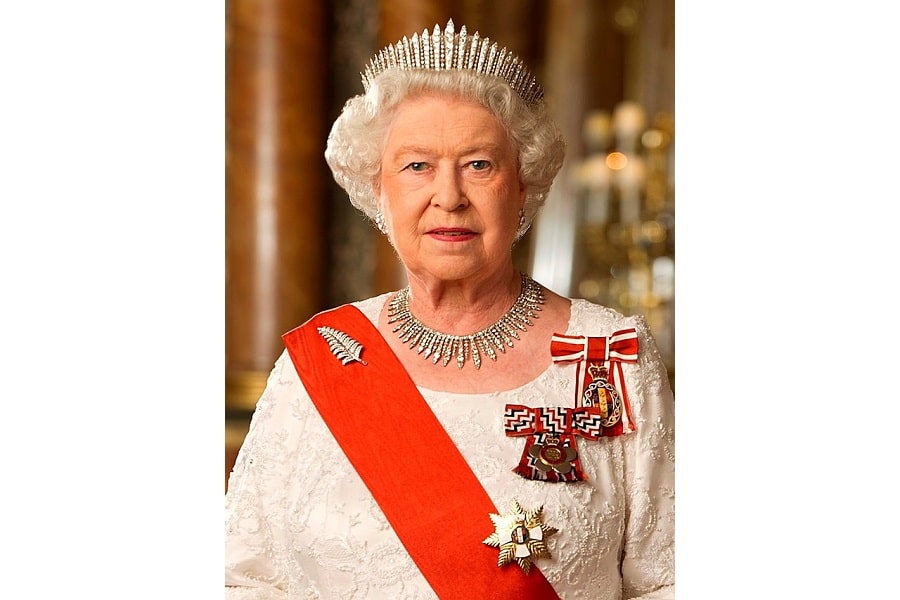
Queen Elizabeth II ascended to the throne in 1952 and became the longest-reigning monarch in British history. Her reign was marked by a commitment to modernizing the monarchy and adapting to the changing times. Through media and communication, such as broadcasts and social media, she connected with the public in unprecedented ways. As a unifying figure, she represented the Commonwealth of Nations and promoted diplomatic relations through state visits [4]. During times of crisis, she provided comfort and support to affected communities. Elizabeth II also addressed changing societal values and controversial issues, demonstrating a willingness to adapt and confront difficult historical legacies. Additionally, she actively advocated for environmental causes, aligning with global efforts for sustainability.
READ MORE: Who Invented Time? The Human Odyssey of Measuring Eternity
References
- Crofton, I. (2012). The Kings and Queens of England. Thames & Hudson.
- Jones, D. (2013). The Plantagenets: The Warrior Kings and Queens Who Made England. Viking.
- Fraser, A. (2014). The Kings and Queens of England: A Royal History from Egbert to Elizabeth II. University of California Press.
- Starkey, D. (2006). The Monarchy: A Short History of the British Royal Family. Harper Perennial.
- Cannon, J. (Ed.). (2001). The Oxford Illustrated History of the British Monarchy. Oxford University Press.